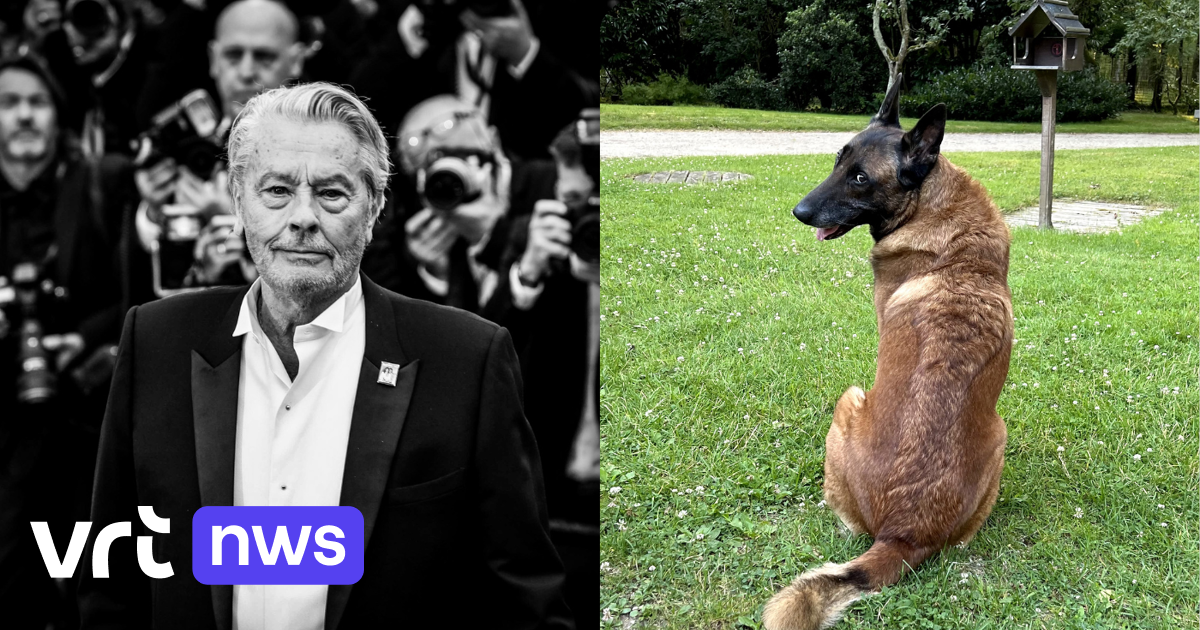The protective bubble of thin gas surrounding our solar system shrank dramatically three million years ago after colliding with an interstellar cloud. This exposed much of the solar system, including Earth, to interstellar space. What could this mean for life on Earth?
Between two and three million years ago, our solar system experienced galactic-scale upheavals. It collided with a relatively dense interstellar cloud that may have changed Earth’s climate and evolution.
Hydrogen clouds
Only recently were researchers able to map the Sun’s path through our galaxy. For example, they see the motion of the Sun relative to relatively dense clouds of hydrogen in the interstellar medium, the space between stars.
Read also
How biodegradable are “green” plastics?
Biological oceanographer Linda Amaral Zeitler recently received an award for her research into the decomposition of biodegradable organic matter…
It is possible that one of these hydrogen clouds crossed the path of our solar system. This is what an astronomer discovered Merav Ofer From Boston University in Massachusetts her team. It’s about Local band of cold clouds (“A local band of cold clouds”), seen in the constellation Lynx. Researchers published it in the scientific journal Nature astronomy.
Over’s research suggests that the heliosphere, the thin bubble of gas surrounding the sun, contracted sharply when the solar system collided with the interstellar cloud. The heliosphere is a kind of protective bubble that is constantly formed by solar winds blowing outward from the Sun. It protects planets from the worst radiation coming from the galaxy.
During the encounter with the interstellar cloud, the heliosphere shrank so much that at some point the Earth found itself outside of it, the researchers said. This probably went on for 10 thousand years.
Elements
Using the European satellite Gaia, Ofer and her colleagues mapped the cold’s location and the Sun’s former orbit. The possible encounter between the heliosphere and the cold cloud is consistent with deposits of radioactive plutonium-244 and iron-60 in Antarctic ice, ocean floor cores, and lunar samples. These elements, which originated in distant supernovae, were captured by interstellar clouds and may have been deposited on Earth when it was outside the heliosphere.
“The increase in these elements about two to three million years ago gives us convincing evidence that the Sun did indeed pass through that cloud at that time,” Over says. “Earth’s exposure to cold interstellar clouds, and the associated increase in hydrogen and radiation in the atmosphere, has almost certainly had a significant impact on our planet and its climate.”
Space scientist Sarah Spitzer The University of Michigan’s says the research provides “convincing” evidence that the heliosphere was exposed to dense interstellar cloud two to three million years ago. She says that when that cold, dense cloud passed through our solar system, Earth was outside the heliosphere, directly exposed to the interstellar environment.
development
“Understanding this could help us learn more about the effects of the interstellar medium on terrestrial life in the past,” Spitzer says. “It also helps us better understand the current effects of the heliosphere on life on Earth. What could happen if Earth is exposed to the interstellar medium again in the future? And when could that happen?”
It’s interesting to think about how encounters in our “local cosmic environment” might impact Earth’s ecology, says the biologist Ivan Economou. “The heliosphere is part of the extended environment that living organisms experience on Earth’s surface, which affects climate and radiation from space,” he says. He added: “If we were outside the heliosphere during certain periods, this could have changed the evolutionary path of a wide range of organisms, including humans.” Such connections are largely speculative at this point, but they give us a new direction for research.

“Total coffee specialist. Hardcore reader. Incurable music scholar. Web guru. Freelance troublemaker. Problem solver. Travel trailblazer.”








More Stories
GALA lacks a chapter on e-health
Weird beer can taste really good.
Planets contain much more water than previously thought